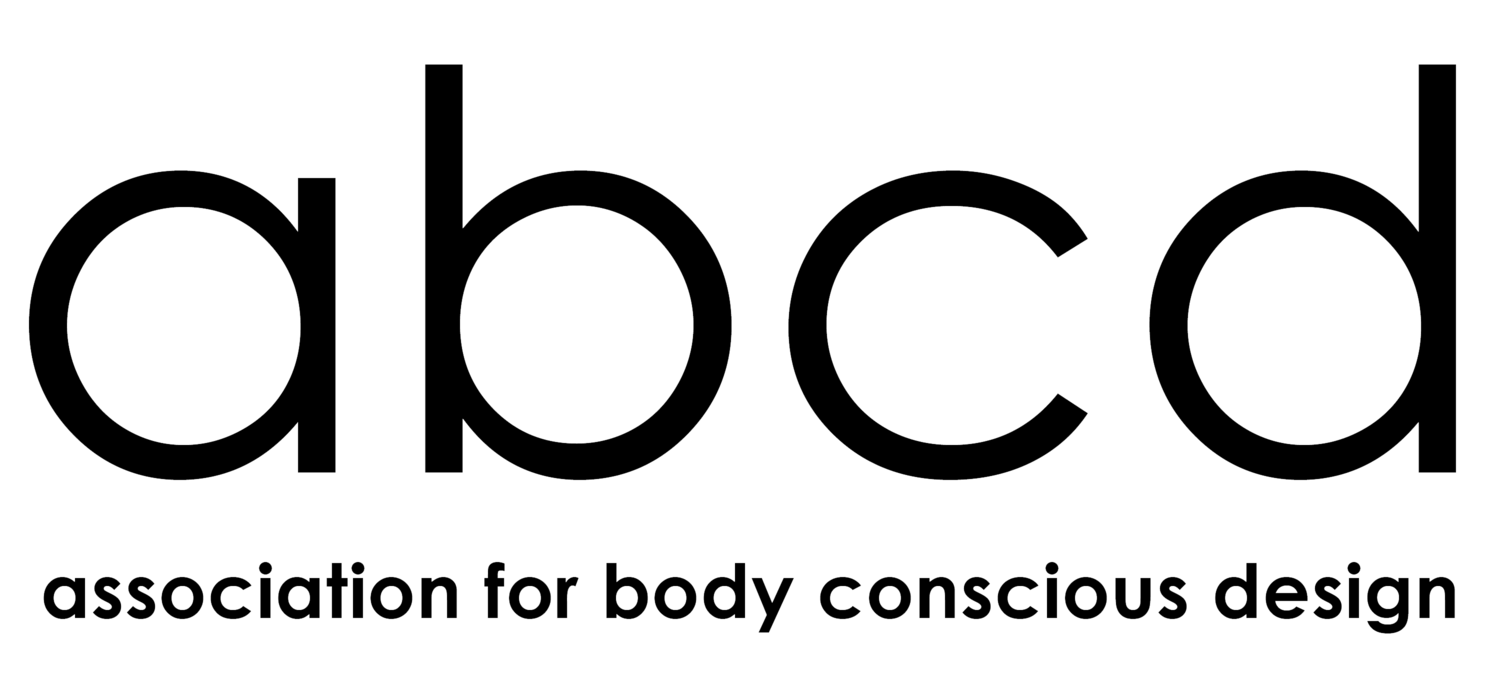Right Brain, Left Brain, and Space
jader Tolja and Francesca Speciani
An unpleasing object, a piece of furniture, a lamppost or a pylon which we find constantly in our field of vision, produces a disturbing stimulus that never allows the nervous system a complete rest – and therewith neither the body nor our emotional state.
If the desk remains regularly cluttered with books, papers, pens that could be replaced on the shelf or put in a drawer, it is probable that most of the time the person who works at it finds himself in a state of awareness – or in a modality of the nervous system – characterized by greater activity in the left half of the brain, which is activated precisely by the recognition of objects. If the left half identifies and analyses every recognizable object defined in space, the right half, instead, is active when, looking at a room or a view, it notices in particular the space between things.
Quite a few studies on cerebral functioning show that the most advantageous physiological condition is when both halves are active.
In this way both the alternation and the synergy of the specific and complementary functions of the two halves become possible, and so too the recovery for each of the two halves and their capacity to confront problems that arise – all thanks to the fact of being able to gain simultaneous access to both the rational and the intuitional resources. But seeing and considering the specificity of these functions and how they are activated, when we duly fill the space we live in with something recognizable – not simply a neutral spatial form but something automatically given a name – it is fairly inevitable that our state of awareness will veer towards the modalities characteristic only of the left, rational and analytical, brain.
Thus moving in a Zen garden, on the open sea, or in the desert will mainly evoke modalities connected with the activity of the right brain, and therefore stimulate the more intuitive and holistic faculties. At the other extreme, moving in a space crammed with peculiar objects like the Vittoriale (the house-museum of the Italian poet Gabriele D’Annunzio), or along a provincial road plastered with billboards and studded with traffic signs, industrial warehouses and hypermarkets, will more probably lead to the rational state characteristic of the left brain.
Obviously with reservations: the human body, in fact, although sensitive is not impotent. So much so that even in an environment like the one described the eye may always be captured by the space between the cars, or by the indistinct outline between the buildings, rather than by the objects. But the probability is drastically reduced. However, it is clear that this is not the intention of those who designed the billboards and street signs (on whose visibility the safety of the drivers depends), whereas, by contrast, a Zen garden or painting is studied with the precise aim of directing our attention to the space between the few neutral forms present.
At this point it is easy to understand how the environment in which we live, both in the home and outside, abounds in spaces characteristic of the left brain. If we do not expressly create a free space, a corner less laden or a desk less cluttered, then at home it is likely that we will find ourselves deprived of the possibility of recovery guaranteed by the alternation of the two cerebral halves.
Excerpt from:
Bodythinking, Del Nuevo Extremo, 2021
